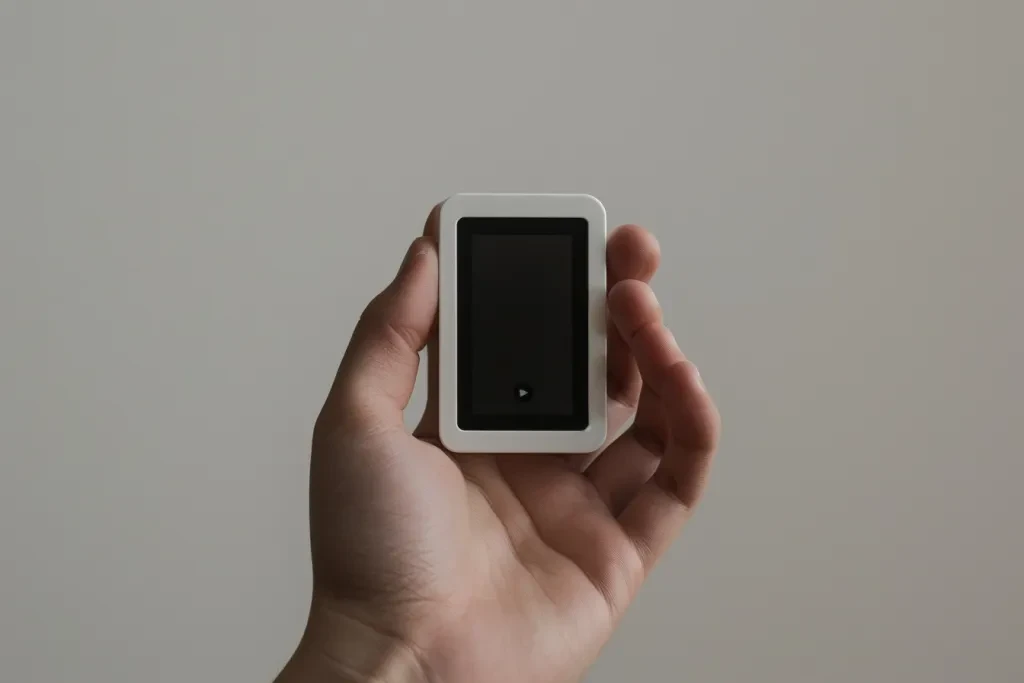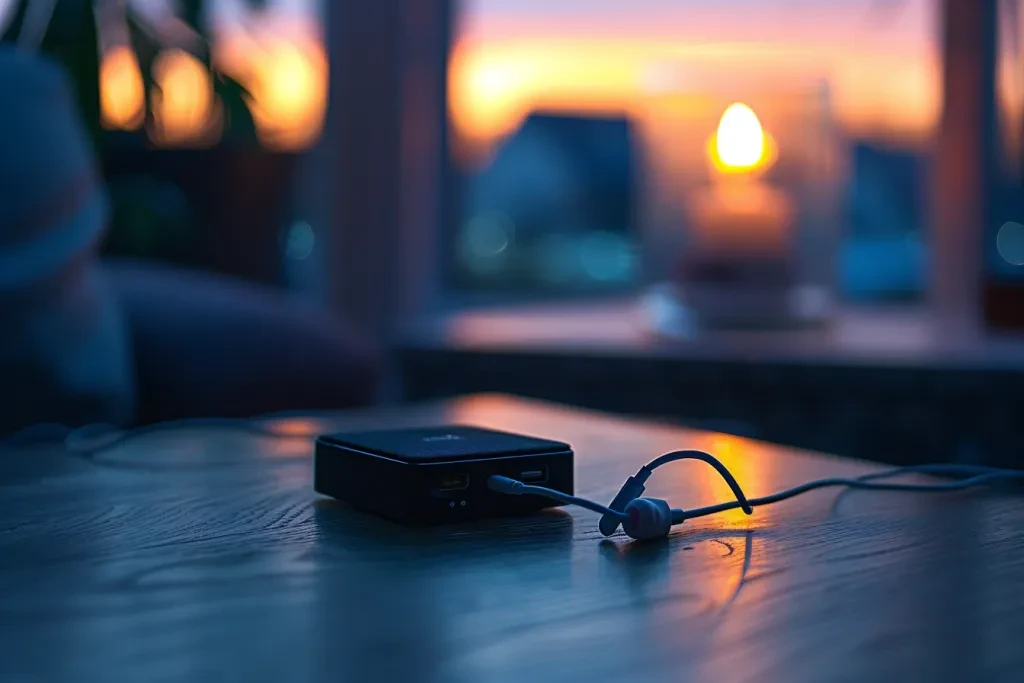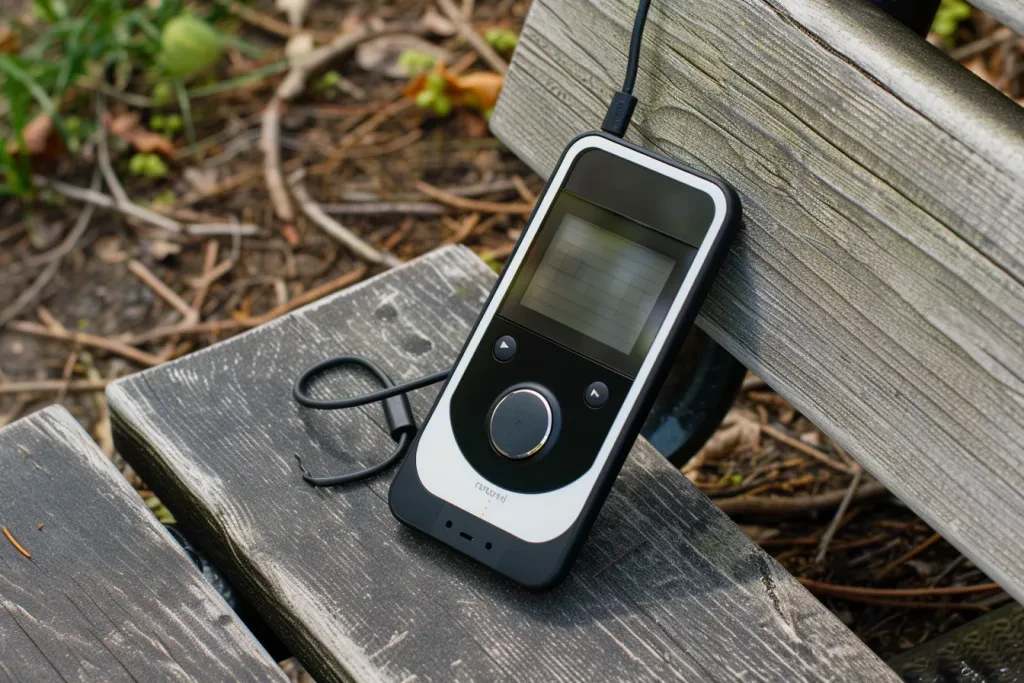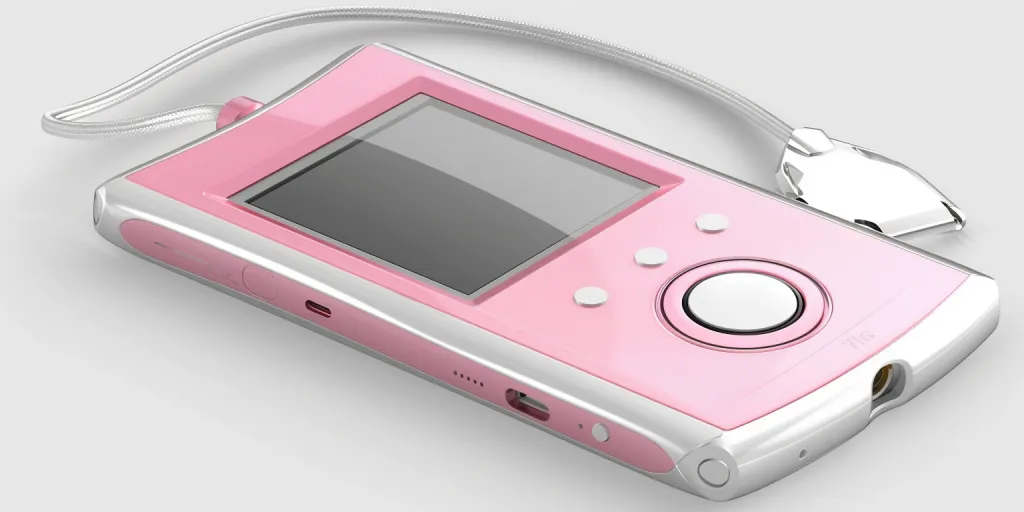In an era where streaming services dominate, the humble MP3 player continues to hold a special place for audiophiles and those who appreciate having their entire music library in their pocket. Despite the rise of smartphones, there’s a dedicated market for MP3 players, catering to various needs from casual listeners to sound engineers. This article delves into the five critical areas potential buyers are most curious about, providing insights to help you make an informed decision.
Table of Contents:
– Audio quality and formats supported
– Storage capacity and expandability
– Battery life and charging options
– Durability and design
– Additional features and connectivity
Audio quality and formats supported

When considering an MP3 player, audio quality is paramount. Modern devices support a range of formats beyond the standard MP3, including FLAC, WAV, and AAC, allowing users to experience music as the artists intended, with minimal loss of fidelity. The inclusion of high-quality digital-to-analog converters (DACs) and amplifiers within these devices can significantly enhance the listening experience, especially when paired with superior headphones or earbuds.
Moreover, the bitrate at which music is encoded also affects sound quality. Higher bitrates generally mean better sound, but they also require more storage space. Understanding the balance between file size and audio quality is crucial for optimizing your listening experience.
Lastly, some MP3 players offer customization options through equalizer settings, allowing users to tailor the sound to their preferences or compensate for any limitations in their headphones or earbuds.
Storage capacity and expandability

Storage is a critical factor, as it determines how much music you can carry with you. Basic models may offer 4GB to 8GB of internal storage, sufficient for a few albums or podcasts. However, for true music enthusiasts, look for devices that boast 16GB of storage or more, with some offering up to 256GB.
Expandability through microSD cards is a feature worth considering. It not only allows you to increase your library size but also to swap out cards, effectively carrying your entire music collection in your pocket.
The storage space you need depends on your music collection’s size and the audio file’s quality. Higher quality files are larger, so if you prefer lossless formats, prioritizing storage capacity and expandability becomes even more important.
Battery life and charging options

Battery life is a key consideration for anyone on the move. Most MP3 players offer anywhere from 10 to 70 hours of playback, depending on the model and usage. Devices with longer battery life are particularly appealing for travelers, athletes, or anyone who spends a lot of time away from power sources.
Charging options vary, with most devices using standard USB cables. Some may offer quick charging, which is convenient for those with busy lifestyles. Considering how and where you’ll recharge your device can influence your choice, ensuring your music is always ready when you are.
Durability and design

The design and build quality of an MP3 player can greatly affect its durability and how comfortable it is to carry around. Devices with metal bodies are typically more robust than those made from plastic. Water and dust resistance are also worth considering, especially for outdoor enthusiasts.
The size and weight of the device, its screen type, and button layout all contribute to the overall user experience. A well-designed MP3 player should be intuitive to use, with easy navigation through your music library.
Additional features and connectivity

Beyond playing music, modern MP3 players offer a range of additional features. Bluetooth connectivity is increasingly common, allowing for wireless headphones and speakers to be used, enhancing convenience. Some devices also include Wi-Fi, enabling streaming from online music services, and even apps for email and web browsing.
Other features might include FM radio, voice recording, and the ability to display photos and videos. Considering which of these features are important to you can help narrow down your choices.
Conclusion:
Choosing the right MP3 player involves balancing various factors, including audio quality, storage capacity, battery life, durability, and additional features. By understanding your priorities and how each of these aspects contributes to your listening experience, you can select a device that best suits your needs, ensuring your music journey is as seamless and enjoyable as possible.




